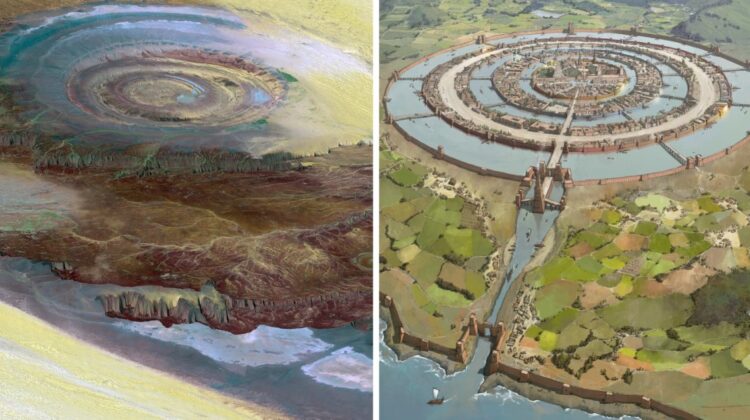
The Richat Structure, located in the Sahara desert, is a geological formation that has long captured the imagination of scientists, archaeologists, and conspiracy theorists alike. This massive, circular feature measures approximately 50 kilometers (31 miles) in diameter and is visible from space.

One of the most popular theories about the Richat Structure is that it may have been the site of the lost city of Atlantis, a fabled civilization that was said to have been destroyed in a catastrophic event thousands of years ago. The theory gained popularity in the mid-20th century, when mapmaker and amateur archaeologist J. M. Allen claimed to have discovered evidence of ancient structures and canals in the area.

However, most modern researchers reject the idea that the Richat Structure was ever inhabited, let alone by the advanced civilization described by the philosopher Plato. Instead, they believe that the circular shape and concentric rings of the structure are the result of natural geological processes, specifically the erosion of rock layers over millions of years.
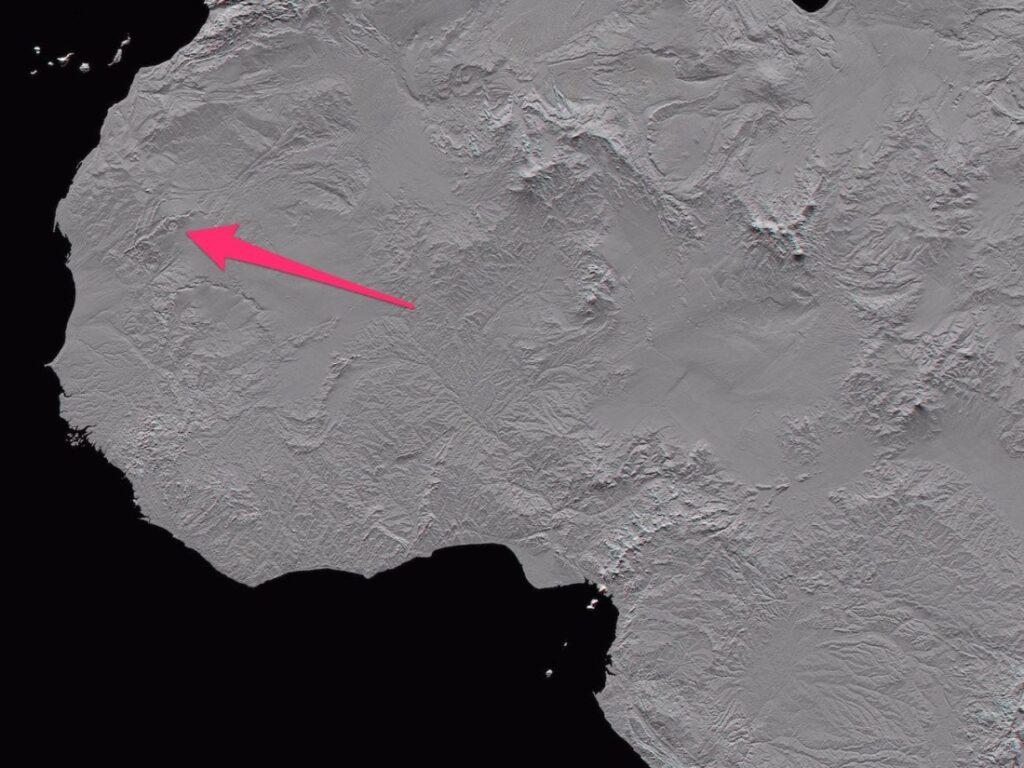
The concentric rings of the Richat Structure are made up of various layers of rock that have different levels of resistance to erosion. As the softer rock wears away, the harder layers remain, creating the distinctive rings that give the formation its “eye” shape. The center of the structure is a domed hill made of exposed rock that has been lifted up by tectonic activity.
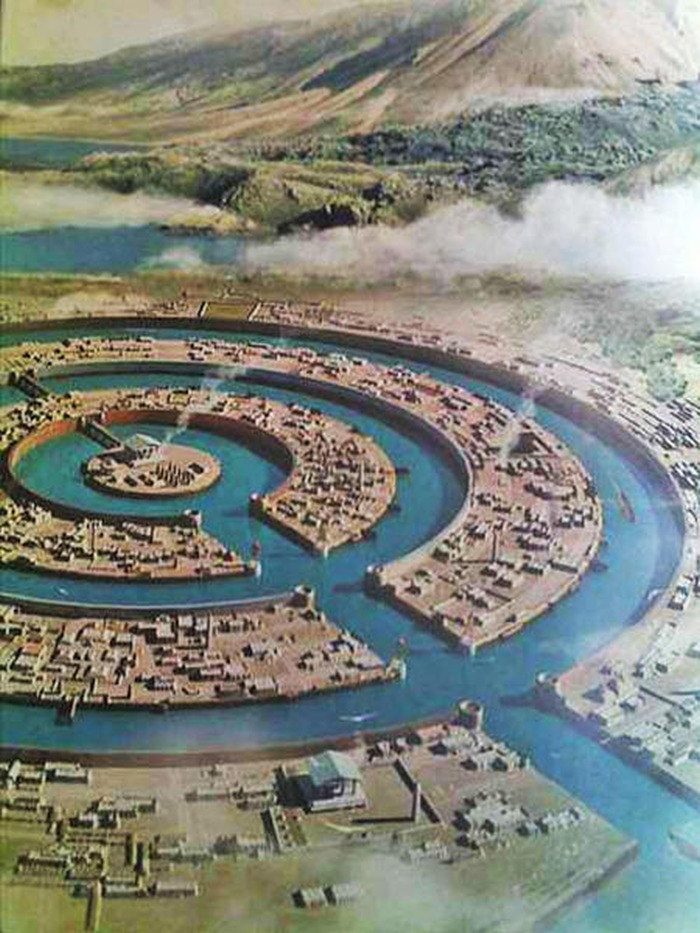
Despite its natural origins, the Richat Structure remains a fascinating area of study for geologists and other scientists. The unique features of the structure have been used to test various geological theories, and the area is also an important site for the study of the planet’s climate and history.
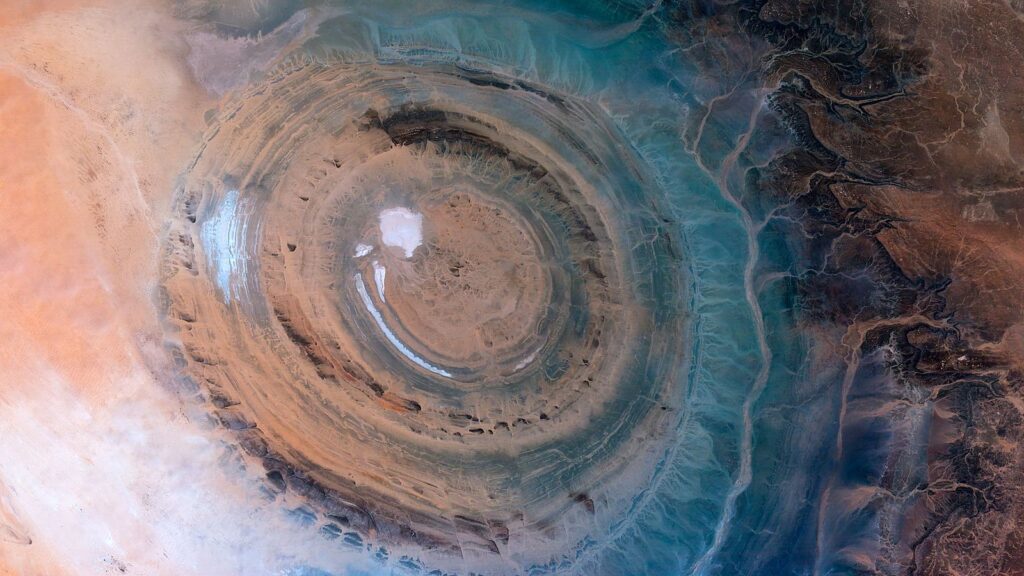
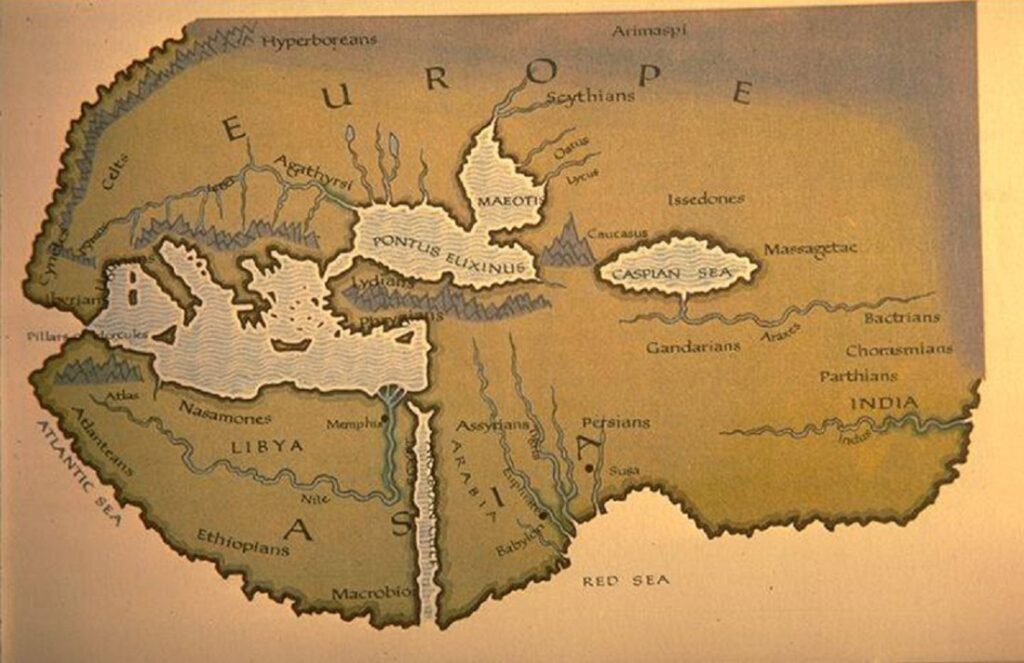
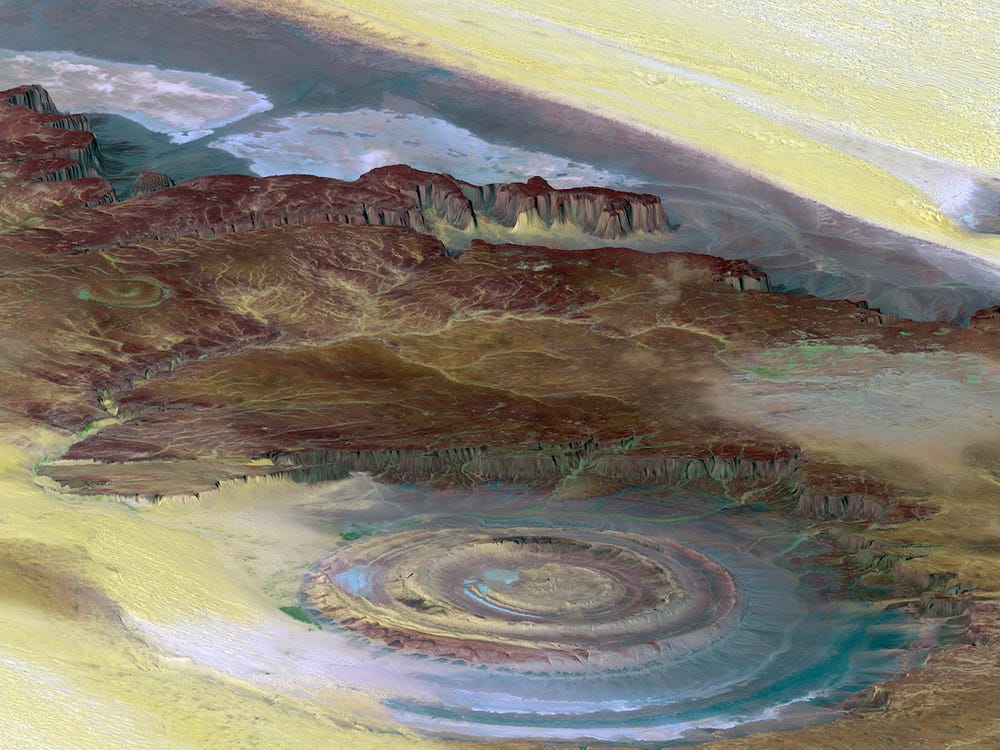
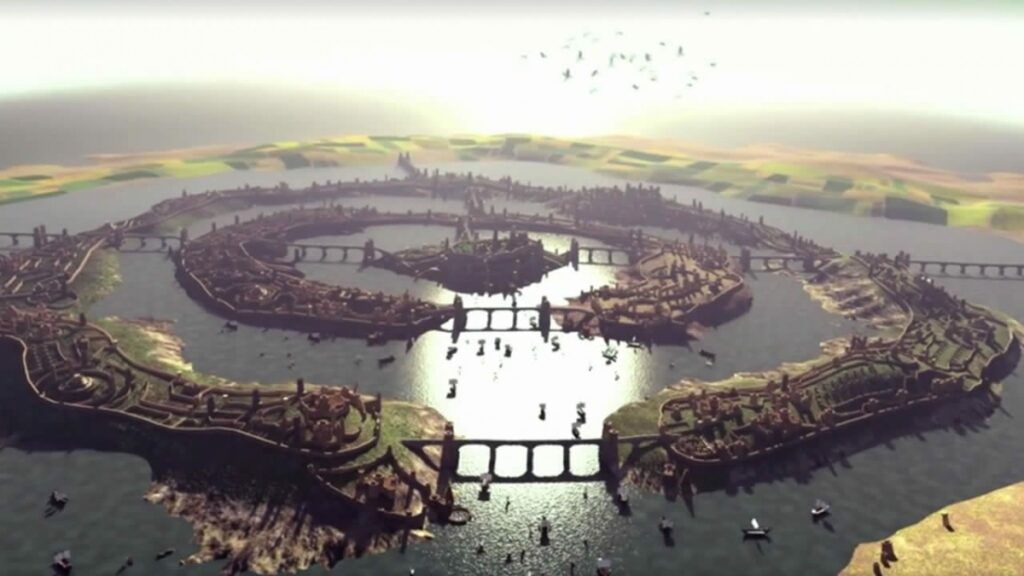
The mystery of the Richat Structure continues to capture the public’s imagination, and while it may not have been the home of the lost city of Atlantis, it remains a testament to the incredible power of natural processes and the enduring mysteries of our planet.

Leave a Reply